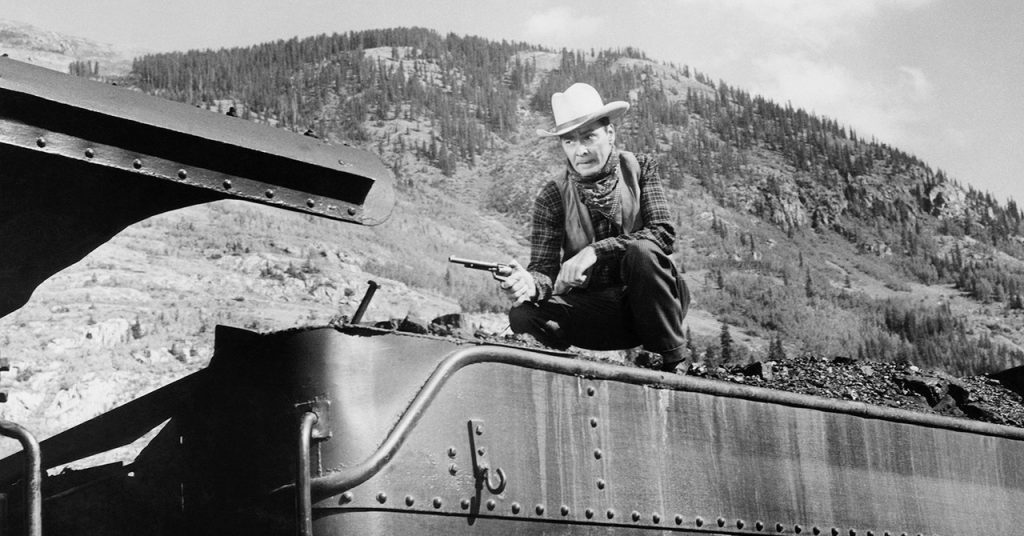The Physics of Running on Top of a Train: A Stunt Actor’s Guide
The Illusion of Train Stunts in Movies
Movies often depict thrilling scenes of characters running on top of moving trains and leaping from one car to another. However, it’s crucial to understand that these stunts are not always as real as they appear. Early Westerns used moving backdrops to create the illusion of motion, while modern films rely on CGI or speed up the footage to make trains seem faster than they actually are.
Understanding Physics: The Foundation of Stunt Work
Physics is a set of models that help us understand the real world by calculating forces and predicting changes in the position and velocity of objects. To determine an object’s position or velocity, we need a reference frame.
Imagine you’re in a room holding a ball. You can use Cartesian coordinates (x, y, z) to describe its location, with the origin and orientation of the axes being arbitrary. Your friend Bob might use a different reference frame, placing the origin where the ball starts in your hand. Although you might disagree on the ball’s exact position, you would both agree on its upward velocity if you tossed it straight up.
The Concept of Inertia and Moving Reference Frames
Now, let’s say you take the ball on a train traveling at 10 meters per second (22.4 mph) and toss it straight up. In your moving reference frame, the ball goes straight up and down, landing back in your hand. However, Bob, standing on the side of the tracks, sees the ball moving both vertically and horizontally, with the same horizontal velocity as the train.

This phenomenon is explained by Newton’s first law, or inertia. An object at rest or moving at a constant velocity will maintain its state unless acted upon by a force. This is why running on top of a train and jumping from one car to another should be just as easy as when the train is stationary, assuming the train is traveling at a constant speed.
The Challenges of Running on a Moving Train
While the physics model suggests that running on top of a train moving at a constant velocity should be straightforward, there are several factors to consider:
- Air drag: When running on top of a train, you’ll experience wind resistance equivalent to the train’s speed. At higher speeds, this can make running extremely difficult or even impossible.
- Non-inertial reference frames: Trains speed up, slow down, and turn, causing sudden accelerations in various directions. These accelerations create non-inertial reference frames, making it challenging to maintain balance and run effectively.
- Train roof conditions: Train roofs are often sloped and slippery, adding to the difficulty of running on top of them.
Jumping Onto and Off a Moving Train
Getting onto a moving train from an overpass requires a sudden change in speed from 0 to the train’s velocity. To avoid sliding off the back of the train, you can either run before jumping to match the train’s speed or run and slide to reduce the speed differential at impact.

Jumping off a train involves a similar speed differential problem. You can either jump off and let the ground slow you down (not recommended) or run towards the back of the train before leaping to reduce your speed relative to the ground. A slightly safer option would be to jump off a train over a body of water, as the water would provide a more forgiving impact than solid ground.
Conclusion: Leave Train Stunts to the Professionals
While running on top of a train and performing daring leaps may look cool in movies, it’s essential to understand the physics behind these stunts and the risks involved. Stunt actors study physics to ensure their safety and create realistic action sequences. For the rest of us, it’s best to leave these stunts to the professionals and enjoy the thrills from the comfort of our seats.

4 Comments
Dream on, since Hollywood physics rarely applies in the real world!
Sure, if you’re looking for a quick way to meet your dentist!
Absolutely, if defying physics and common sense is your kind of sport!
Oh, totally, just make sure your health insurance covers “movie stunts gone wrong”!